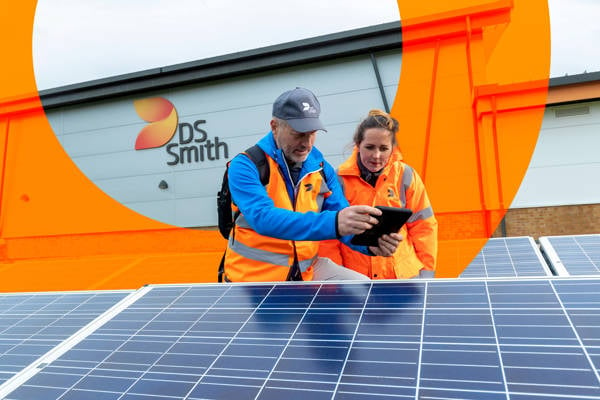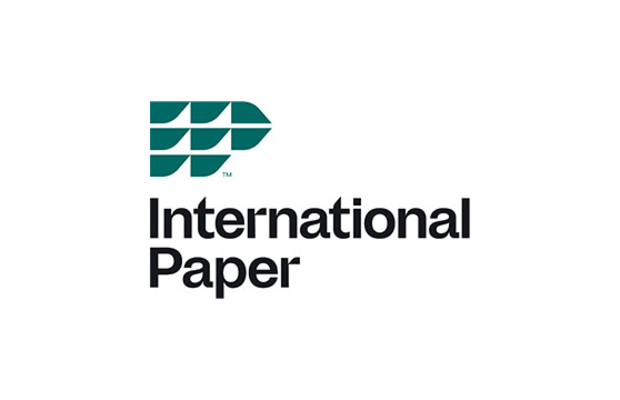Taking Action for Sustainability
We are taking action today to lead the transition to a low carbon, circular economy.
At DS Smith, sustainability is integral to our circular business model and we can have the greatest positive impact by helping to create a low carbon, circular economy. It’s a journey we have been on with customers and colleagues for more than a decade.
In January 2025, we joined the International Paper family, creating a truly global leader in sustainable packaging solutions. Together we remain committed to creating a more sustainable future.
We are proud of the progress we’ve made to date in partnership with our customers, suppliers and communities. In our 2024/25 reporting period, we reduced our greenhouse gas emissions across all three scopes by 2% compared to 2023/24, replaced, avoided or reduced a cumulative total of over 1.7 billion pieces of plastic since 2020/21, implemented water management plans at 100% of our paper mills and packaging sites and had a 10% reduction in employee Lost Time Accidents compared to 2023/24.
Looking ahead, we are pleased to be part of the International Paper family. It's important to note DS Smith's Sustainability Report does not include data from International Paper. This acquisition marks a new chapter for us, and in 2025, we plan to analyze and consolidate our sustainability data and roadmaps and develop a new framework that reflects our current and future identity.


